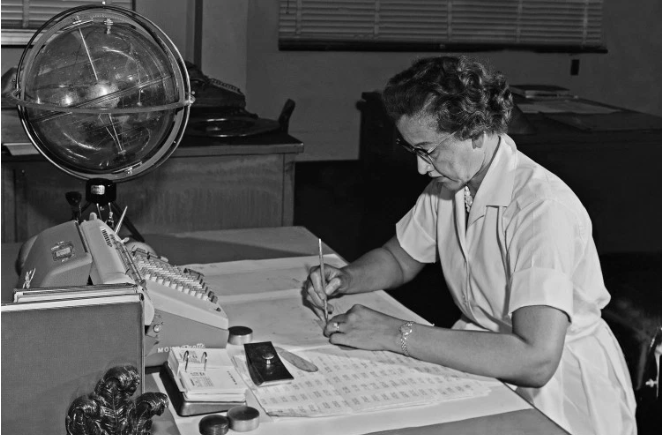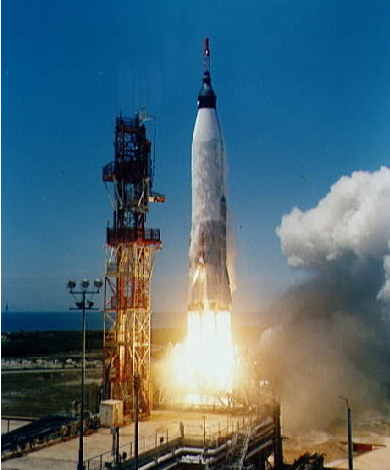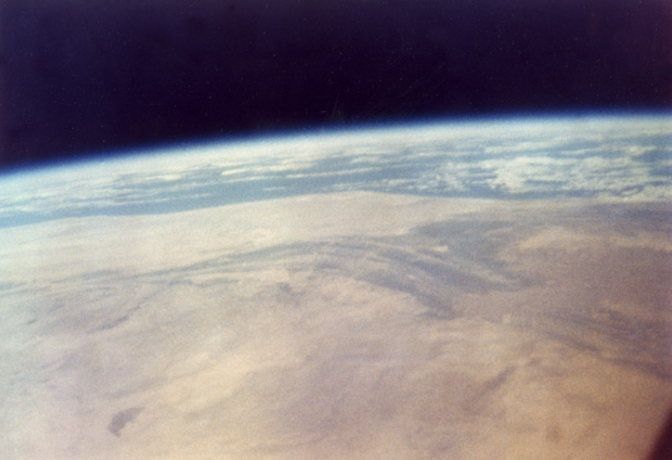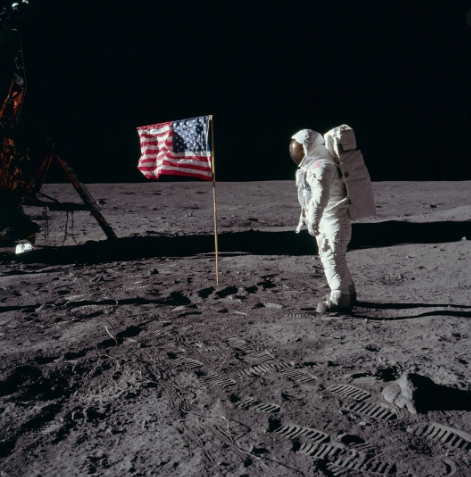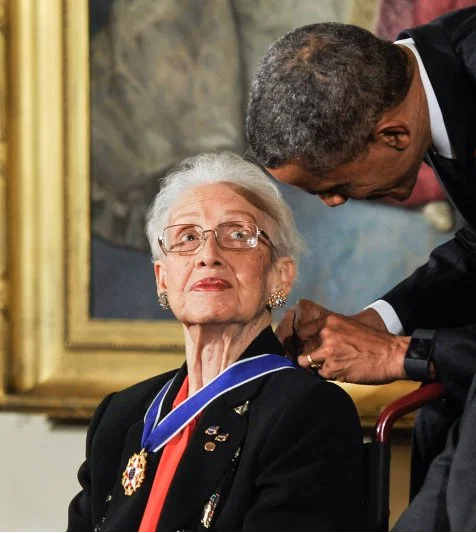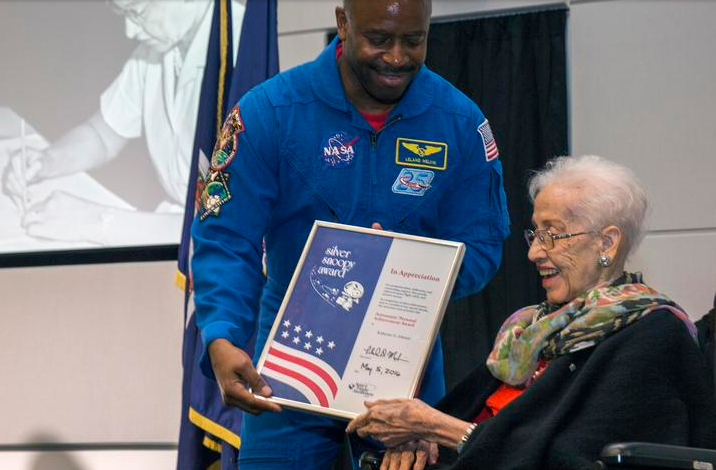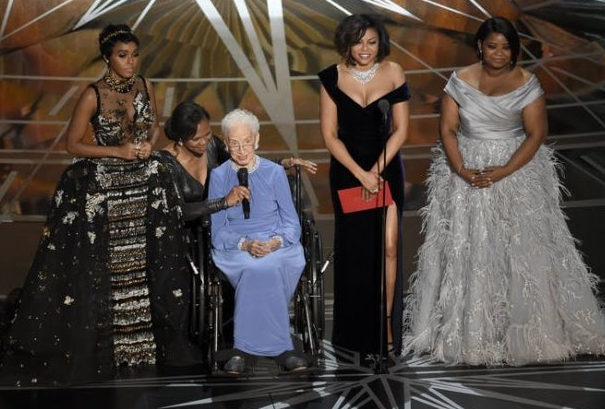The Legacy of Katherine Johnson
Katherine Johnson busy at her desk at NASA’s Langley Research Center computing the trajectory and entry window for a mission by hand using calculations from a datasheet. (Courtesy of NASA)
The National Aeronautics and Space Administration’s (NASA) mission statement is to “...boldly expand frontiers in air and space to inspire and serve America and to benefit the quality of life on Earth”. By 1958, this mission statement quickly turned into a rallying cry as the Soviet Union drastically moved ahead in space travel. The successful global orbit of their artificial satellite Sputnik 1 the year before left the United States holding the lowly silver medal for the competition. This instantly became a recurring theme.
The 1943 NACA Staff picture Langley Memorial Aeronautical Laboratory in Hampton, VA. Ten years before Katherine Johnson’s arrival. (Courtesy of NASA)
In 1960, their Cold War rival one-upped them again by sending cosmonaut Yuri Gagarin into space making him the first man ever to celebrate that achievement. Rhetoric between Khrushchev and Kennedy mirrored the larger conversation unfolding between the differing views on society and models of government. Many US officials believed that technological advancement via the addition of IBM supercomputers to analyze complex equations aeronautics would close the growing divide. Yet, a human mind was still in demand to triple-check the accuracy of the data predicting the best points of entry and the rendezvous points for each mission. Enter Katherine Johnson.
Johnson (‘nee Goble) was a child prodigy who enrolled at West Virginia State at the age of 14 and later graduated with two Bachelors in Science degrees in Mathematics and French when she was 18. She followed that up by becoming the first-ever African-American woman to attend West Virginia University for graduate school in 1939. She was 21. Johnson became an aerospace technologist at the agency that eventually became NASA--the National Advisory Committee of Aeronautics (NACA)--in 1953 when she was 35. Studying flight patterns for airplanes was the prime focus of the agency during its infancy. Years later when space travel became the main objective, Katherine Johnson was one of the many ‘computers who wore skirts’ working the equations that programmed the black boxes on every mission based at the then-named Langley Research Center in Hampton, Virginia.
A excerpt from ‘Approximate Solutions for Flight-Path Angle of a Reentry Vehicle in the Upper Atmosphere’ co-authored by Katherine Johnson and Jack White published in 1964. (Courtesy of The State Library of Ohio)
NASA Astronaut John Glenn preparing to board the Friendship 7 module as a part of the Project Mercury missions in 1962. (Courtesy of NASA)
These skilled research mathematicians were at the square root of it all. Their computations down to the variable needed to be completed up-to-minute to ensure a successful launch and safety of the astronaut jetting through the atmosphere. Stationed in the old offices of the West Area on the Langley campus due to Jim Crow, this all-black outfit of exemplary minds was the once uncredited force helping to calculate the trajectories of missions at the genesis of the United States’ voyage to the stars.
Upon the recommendation by Johnson’s then supervisor and soon-to-be-master of FORTRAN, Dorothy Vaughan, she went from solving equations in the West Area to sitting in the Spacecraft Controls Branch. Only white men occupied the seats around her. Though the faultlines of segregation and indifference were omnipresent in America, Katherine Johnson maintained in interviews that it was never felt at Langley when it came down to the task at hand.
Johnson was in her element. The environment of datasheets, Monroe calculator on her desk and the large granite chalkboard displaying where she chartered the path of NASA astronauts to the heavens was home. She was teaching math to colleagues just as she did high schoolers in Marion, Virginia before joining the staff at Langley. In the process, she nullified any thoughts of ‘inferiority’ many attached to her sex and race by making them all students to analytic geometry that read like numerical art. Her fellow Americans and soon the rest of the world would see her genius over the series of Project Mercury missions during the decade that elevated the possibilities of NASA astronauts for generations to come.
Alan Shepard’s suborbital flight made him the first American in space in 1961. John Glenn’s triple-orbiting of the Earth on the Friendship 7 mission furthered man’s understanding and reach into space the following year. In 1969, the future was realized when Apollo 11 landed on the moon. NASA astronauts Neil Armstrong and Buzz Aldrin's mythical first steps on the untouched surface over 200,000 miles away were a product of Johnson's precise mathematics. This was where her abilities blended perfectly with the impact of NASA’s first African-American female engineer--Mary Jackson—whose insight on the design improved the measures of safety and performance on these and other missions. She, like Johnson and Vaughan, was one of the many pioneering black women in science.
Katherine Johnson’s virtuosity destroyed the once impenetrable glass ceiling above her and the heads of many women and people of color during her over 30 years at NASA. Her retirement in 1986 put a fitting culmination on a career in aerospace research that blazed the stellar trail for many to aspire to follow. Most notably, NASA Astronaut Mae Jemison’s flight on the Endeavor made her the first black woman to be an astronaut in 1992. Another step for black women in science.
Katherine Johnson passed away on February 24, 2020 at the age of 101. She was able to enjoy her overdue bouquet of roses along with the parade of awards and rightfully bestowed honors in her time. This recipient of Presidential Medal of Freedom (2015), NASA Group Achievement Award (2016), Silver Snoopy Award (2016) and Congressional Gold Medal (2019) was the guest of many interviews and one of the muses in the film Hidden Figures (2016). No supercomputer’s mainframe can outsmart a well-trained mind. The same way no dated stance on who is and isn’t allowed to sit at the table can yield true talent from being seen. Katherine Johnson showed us all both. Her childhood pastime of making complex equations simplistic changed the way everyone viewed the possibilities of travel and where one's imagination can take them.
